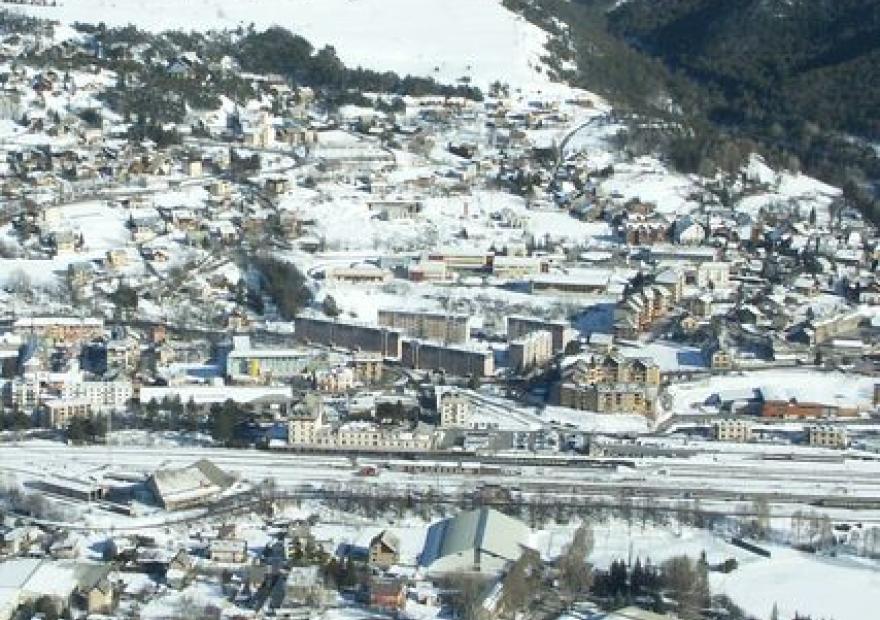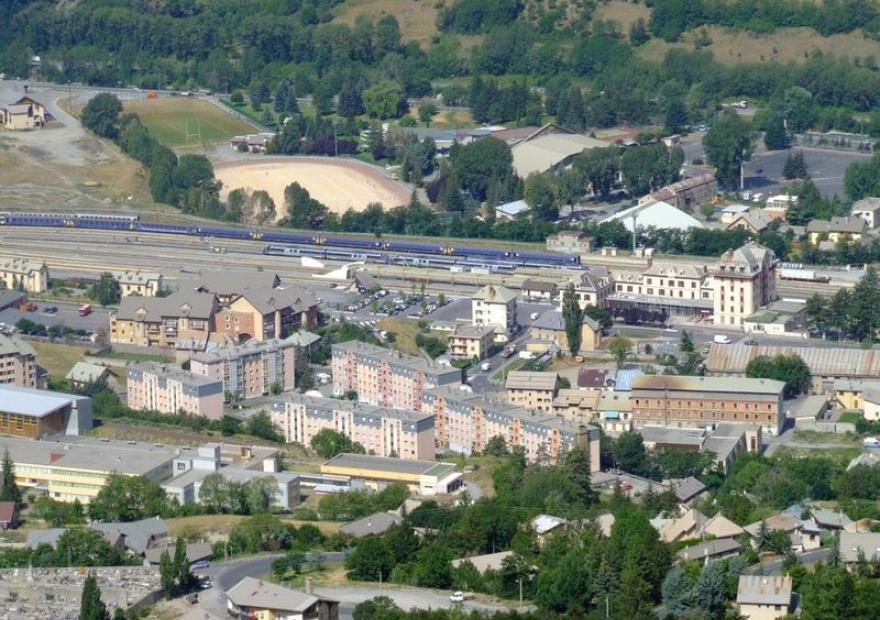Station of Briançon, history
The transport of travellers was until then the privilege of the postal service, and was done by horse-drawn carriages, limoniers or sedans. It took more than ten hours to get from Gap to Briançon, with the addition of a horse for the climb from Embrun! The development of the railway in the region followed the installation of the railways in the Rhone valley between 1848 and 1854. The dream of linking Grenoble to Turin via Briançon and Montgenèvre was shared with the Italians. The route via Gap, through the Croix-Haute tunnel, was chosen over a tunnel under the Lautaret pass. The Aspres-Veynes section was opened on 1 January 1875, with some sections planned to have two tracks for international traffic.
For the people of Briançon, the creation of the station was to be the subject of conversation for many years. As in most military towns, the establishment of a station too close to vital centres is not an option. For Briançon, a site 3 km away from the town was preferred, near the Schappe factory, which had a great influence on the local economy, and a gently sloping tunnel was even planned to continue the line to the beginning of the Clarée valley. The inhabitants of the old town waited in vain for a second station promised on the Champ de Mars or a tramway line to facilitate access to Sainte-Catherine, the lower town, which was beginning to emerge.
In 1907, Briançon organised a large International Congress to develop the link with Italy. It was the occasion for brilliant celebrations, the streets disappeared under garlands of flowers and triumphal arches. Four proposed routes were discussed: Briançon/Bardonnèche under the Col de l'Echelle, Briançon/Oulx under the Col de Montgenèvre, Montdauphin/Torre Pellice under the Col Lacroix and Briançon/Oulx by the Col de Montgenèvre, without a tunnel, by an electrically driven railway with a central rail, the Fell system. Alas, once the enthusiasm had passed, none of these projects saw the light of day, as the political situation shifted in a completely different direction.
The train remained the preferred means of transport for the people of Briançon, who did not hesitate to use it for Sunday walks. Traffic intensified during the two world wars, to the point where passenger and goods trains were reduced in favour of military convoys.
It is undeniable that the railway made the development of tourism and the climate possible. The P.L.M. company (Paris, Lyon, Marseille) created in 1857, favoured access to "winter sports". Between the two wars, the Paris express was equipped with "grand luxe" wagons, welcoming cinema and theatre stars who came to spend the weekend in Montgenèvre. The return journey allowed people to leave the mountain as late as possible, but early enough to get back to Paris the next morning, before 7.30 am. The advent of paid holidays further increased the exodus to the snow. For Christmas 1936, thirty-one extra trains were needed, i.e. a train every five minutes!


